Indian cooking is a beautiful blend of tradition, technique, and time. From slow-simmered dals to robust bhuna masalas and layered biryanis, our meals are flavour-intensive and cooked using methods that demand durability, heat precision, and long-lasting performance. In such a kitchen, tri-ply cookware is not a luxury—it is a foundational tool that makes cooking easier, more efficient, and more flavourful.
This comprehensive guide explains why tri-ply cookware is essential for heavy Indian cooking, how it enhances traditional techniques, which Indian dishes benefit the most, and how Meyer’s high-quality tri-ply cookware elevates the experience.
Table of Contents
- 1. What is Tri-Ply Cookware and Why Does it Matter?
- 2. Why Tri-Ply Cookware Is Ideal for Heavy Indian Meals
- 3. Exceptional for Long Simmering and Slow Cooking
- 4. Maintains Oil Temperature for Deep Frying
- 5. Supports High-Heat Cooking Techniques Used Daily
- 6. Non-Reactive with Indian Ingredients
- 7. Great for Heavy Meals & Large Family Cooking
- 8. Durability to Withstand Indian Cooking Demands
- 9. How Tri-Ply Cookware Enhances Specific Indian Dishes
- 10. Tips to Use Tri-Ply Cookware Effectively for Indian Meals
- 11. Conclusion
What is Tri-Ply Cookware and Why Does it Matter?
Tri-ply cookware is made from three bonded layers:
-
Inner Stainless Steel Layer – non-reactive, hygienic, and perfect for cooking acidic Indian ingredients.
-
Middle Aluminum Core – the powerhouse layer that ensures rapid and even heat distribution.
-
Outer Stainless Steel Layer – durable, induction-friendly, and built to withstand Indian kitchen conditions.
This fusion of materials results in cookware that heats evenly, resists warping, and supports high-heat cooking—exactly what Indian recipes demand.
Why Tri-Ply Cookware Is Ideal for Heavy Indian Meals
Perfect for Bhuna — The Heart of Indian Cooking
The word “bhuna” literally means “to fry.” It is the base technique for:
- chicken curry
- mutton curry
- kadai paneer
- chole
- rajma
- masala rice
- egg curry
This process involves slow-cooking onions, garlic, ginger, and spices until they caramelise.
Tri-ply cookware excels at this because:
- it browns ingredients evenly
- retains heat beautifully
- develops a deep fond (the brown bits that enhance flavour)
- prevents burning due to uniform heating
Recommended Meyer Cookware:
Meyer Tri-Ply Stainless Steel Kadai – ideal for prolonged bhuna and high-heat spice roasting.
Meyer Tri-Ply Frypan/Skillet – great for sautéed masalas and dry sabzis.
Exceptional for Long Simmering and Slow Cooking
Traditional Indian dishes often require hours of gentle simmering to develop depth:
- dal makhani
- nihari
- kali dal
- pindi chole
- kofta curry
- kadhi
- coconut-based gravies
Tri-ply cookware maintains slow, consistent heating, enhancing flavour extraction without scorching the food.
Recommended Meyer Cookware:
Meyer Tri-Ply Casserole — perfect for dals, khichdi, curries, and slow-cooked meals.
Meyer Tri-Ply Deep Saucepan — ideal for smaller portions or milk-based preparations.
Meyer Stainless Steel Cookware Kadai with Lid, 30cm
Maintains Oil Temperature for Deep Frying
Deep-fried Indian dishes—from pakoras to puris—need oil at a steady temperature.
In cheaper cookware, the temperature:
- drops dramatically when food is added
- overheats in patches
- absorbs excess oil
Tri-ply vessels regulate oil heat efficiently, giving perfectly crisp, evenly fried results.
Recommended Meyer Cookware:
Meyer Tri-Ply Kadai – 28–30 cm for pakoras, puris, vadas, bhaturas, jalebis.
Supports High-Heat Cooking Techniques Used Daily
Indian cooking frequently uses:
- tadka (tempering in hot oil)
- bhuna (roasting spices and masalas)
- dry roasting (for spices or flours)
- quick searing (paneer, mushrooms, vegetables)
Tri-ply stainless steel can tolerate high temperatures without damage.
Recommended Meyer Cookware:
Meyer Tri-Ply Frypan — perfect for high heat searing and tadka.
Meyer Tri-Ply Tawa — for roasting rotis, parathas, and dry roasting spices.
Non-Reactive with Indian Ingredients
Indian food includes acidic ingredients such as:
- tomato
- yoghurt
- tamarind
- kokum
- lemon juice
- vinegar
- mustard seeds
Non-reactive stainless steel ensures:
- no metallic taste
- no chemical reactions
- no leaching
- safe, neutral flavour
Tri-ply is ideal for dishes like kadhi, rasam, sambhar, tomato chutneys, and lemon rice.
Great for Heavy Meals & Large Family Cooking
During festivals and family gatherings, kitchens operate at full capacity—cooking:
- biryani
- pulao
- shahi paneer
- aloo dum
- payasam
- kheer
- halwa
Tri-ply cookware handles large quantities without:
- warping
- burning food at the base
- uneven cooking
- fluctuating heat
Recommended Meyer Cookware:
Meyer Tri-Ply Casserole (24–28 cm) — perfect for large-batch gravies and rice dishes.
Meyer Tri-Ply Stockpot — for big family meals, biryanis, poaching, boiling, or festive preparations.
Durability to Withstand Indian Cooking Demands
Indian kitchens use cookware throughout the day—boiling milk in the morning, frying snacks in the evening, and cooking multiple gravies in between. Tri-ply is durable enough for this intense usage.
- It resists warping from repeated high heat.
- It withstands hand-washing and scrubbing.
- It lasts for years and maintains performance.
Meyer Tri-Ply cookware, in particular, is known for:
- strong riveted handles
- high-grade stainless steel
- premium thickness for longevity
How Tri-Ply Cookware Enhances Specific Indian Dishes
Biryani:
Tri-ply cookware ensures even dum, preventing burning at the base.
Paneer Dishes:
You get perfect sear, uniform browning, and enhanced flavour.
Dal Tadka / Dal Fry:
The saucepan and casserole maintain gentle simmering without splashing or sticking.
Sabzis:
Tri-ply frypans help retain moisture and flavour in sautéed and semi-dry recipes.
Halwa and Kheer:
The even heat prevents caramelisation, sticking, and milk scalding.
Tips to Use Tri-Ply Cookware Effectively for Indian Meals
1. Preheat on Low to Medium Heat
Tri-ply heats faster than aluminium. Start low and gradually increase the flame.
2. Let the Food Release Naturally
For stainless steel cookware, proteins and onions release when cooked properly—avoid forcing them.
3. Use Enough Oil for Bhuna
Tri-ply supports deep caramelisation, but sufficient oil ensures non-stick-like performance.
4. Deglaze Frequently
A splash of water, stock, or tomato lifts browned bits and enriches gravies.
5. Clean Gently
For shine and stain removal:
-
use baking soda paste
-
warm water
-
a soft scrubber
Avoid steel wool.
Conclusion
Tri-ply cookware is one of the best investments for Indian kitchens, especially for those who cook heavy meals regularly. Its superior heat distribution, durability, non-reactive properties, and ability to handle high temperatures make it perfect for authentic Indian cooking techniques like bhuna, slow simmering, deep frying, and dum.
Meyer’s tri-ply range elevates everyday Indian meals by combining traditional cooking needs with modern technology. Whether you’re preparing dal, biryani, sabzi, halwa, or festive delicacies, tri-ply cookware ensures consistent, delicious, and efficient results every time.



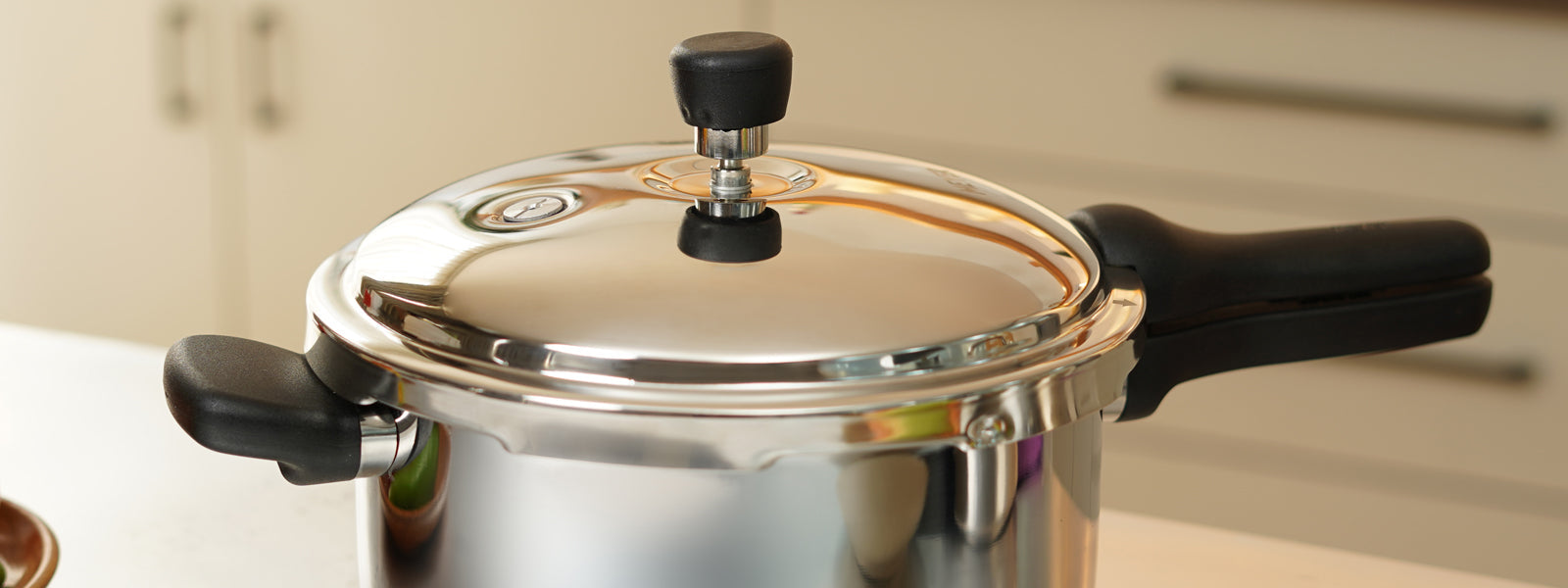
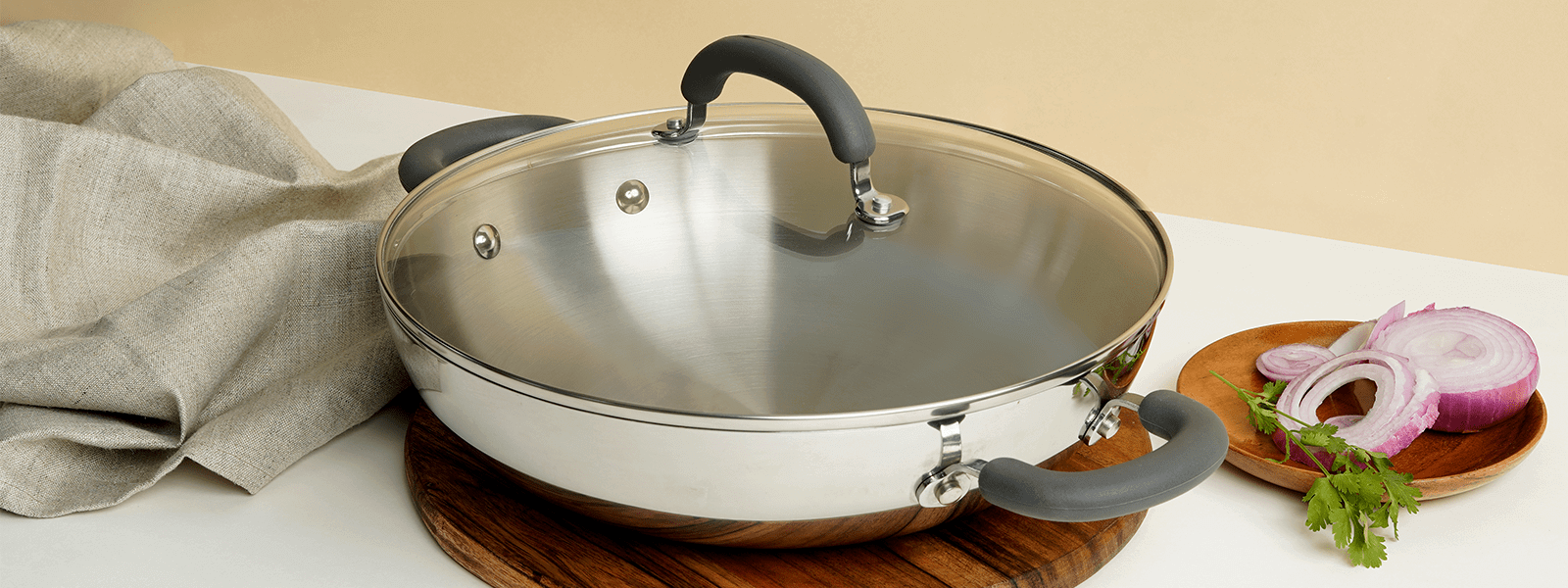
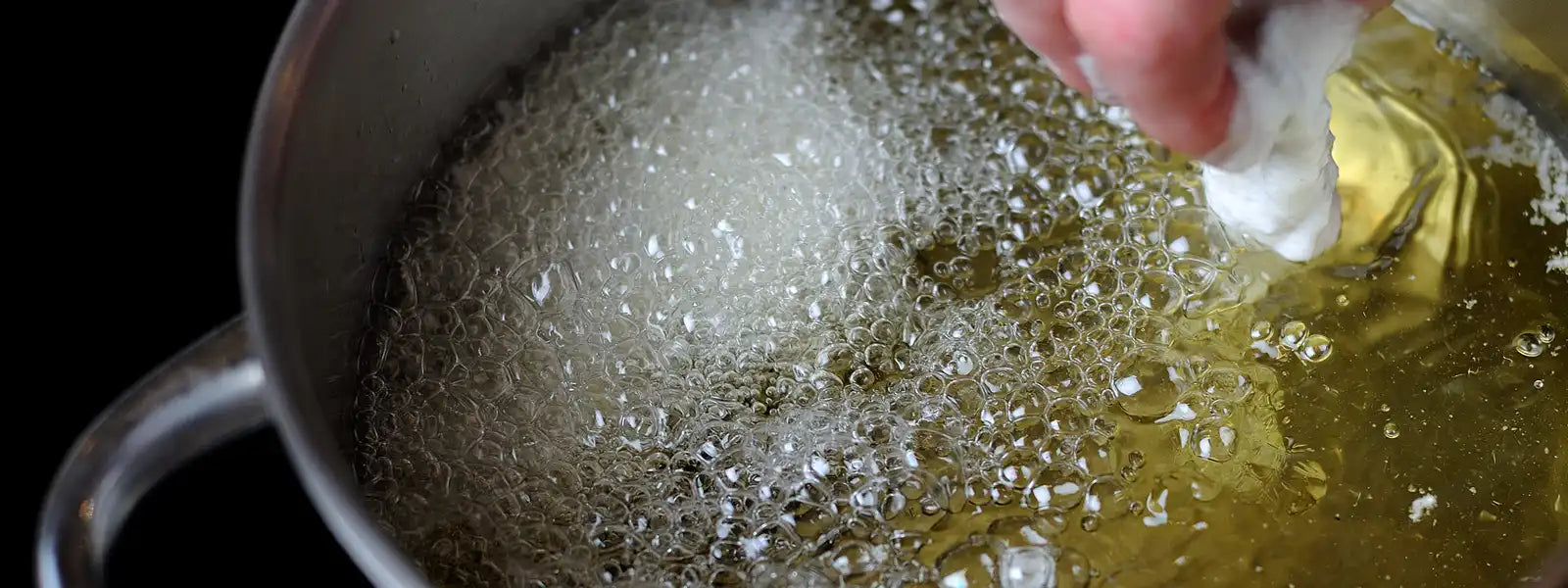
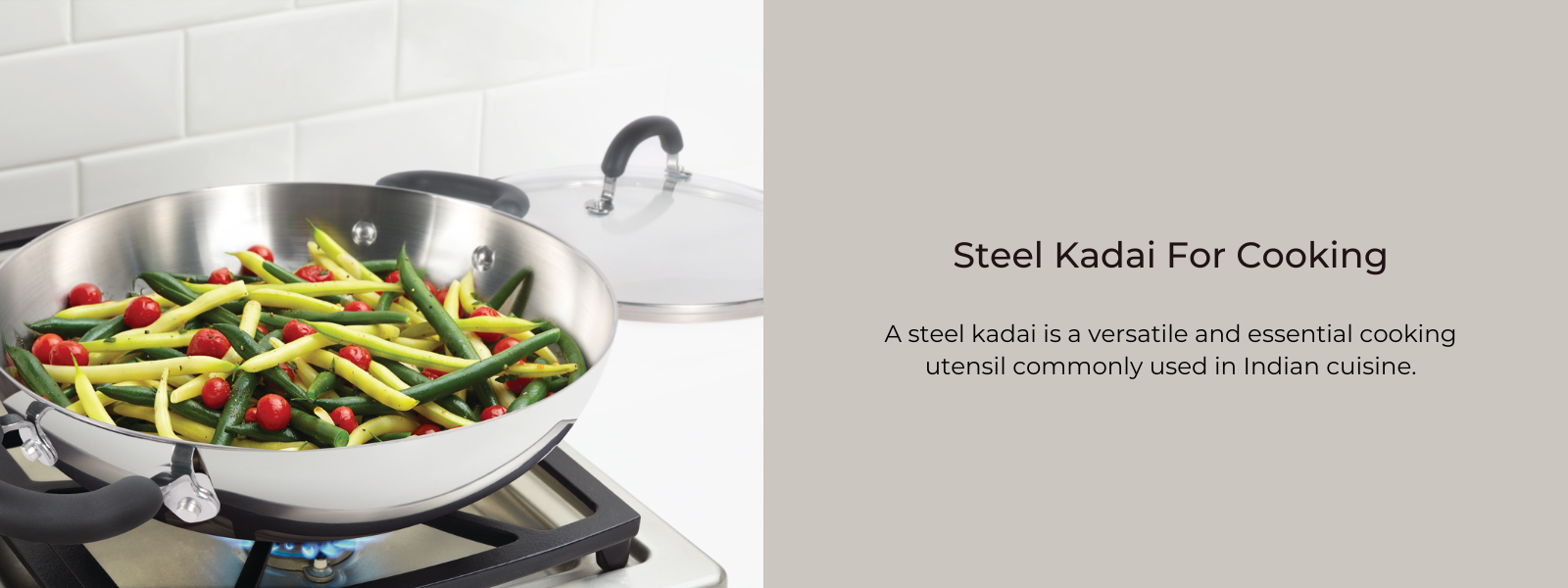

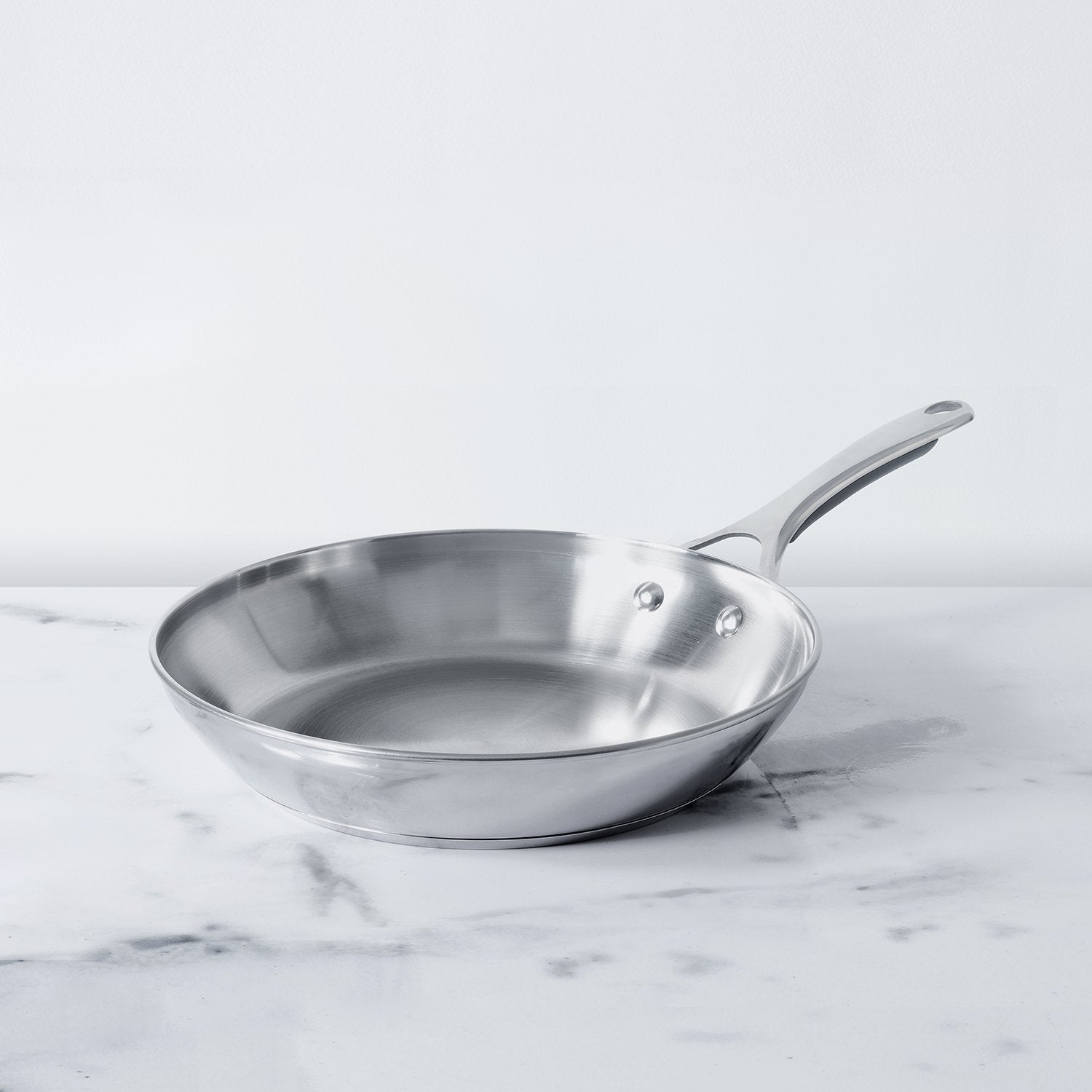




Leave a comment